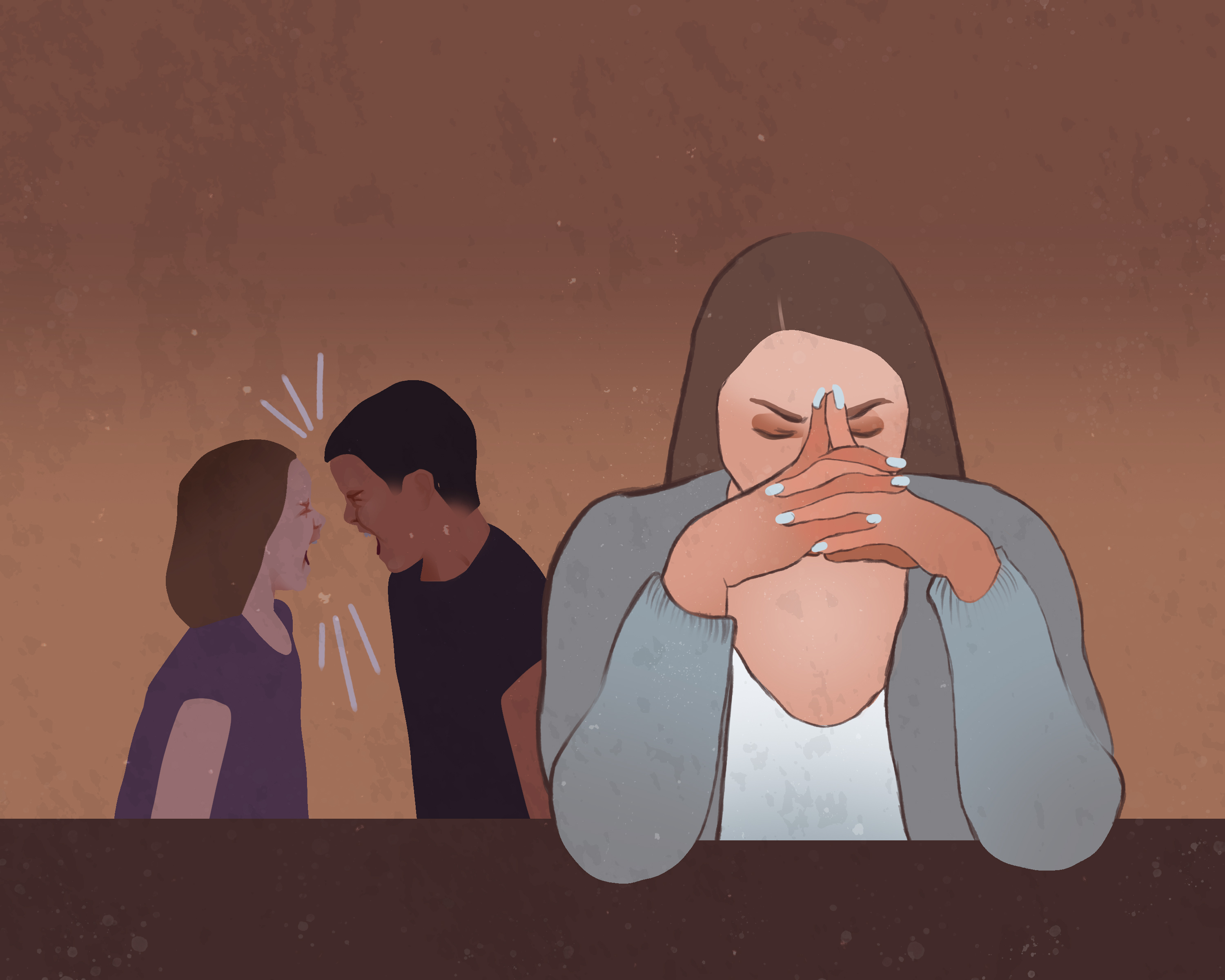On the fifth floor of UMSU University Centre sits an unassuming space — four adjoining rooms, with tea and hot chocolate for visitors — that seeks to serve an ambitious purpose: to provide a space for students, staff and faculty affected by sexual violence.
The Sexual Violence Resource Centre (SVRC), which opened its doors Monday, will provide resources and support to campus community members. The centre is set up with a central entrance room, two offices and a private space, all accessible through separate doors. The U of M’s Klinic counsellor will also be moving into the space.
The SVRC currently has two staff members: co-ordinator Bre Woligroski and confidential intake and triage specialist Courtney Klassen.
Woligroski said the pair was “eager to be part of this project,” which originally began as a recommendation in the sexual violence report released by the university in fall 2019.
“It feels positive, we did a lot of work to get here today for sure,” she said.
The university did not provide them with set requirements for their program, according to Woligroski, who noted it was “technically a pilot project.” The pair consulted with different communities and departments on campus prior to the SVRC’s opening and continue to do so.
“The university sort of just trusted us with that task of putting this together,” she said.
Woligroski called the SVRC’s approach “survivor-focused” and emphasized confidentiality as a key mandate of the space.
“What [was] lacking is a safe space for people to come and have their questions answered in a way that is safe and doesn’t put them at risk,” she said.
Confidential resources include an intake form that can be filled out with a “preferred” name, optional self-identification as a student, international student, faculty, staff or community member, and a breakdown of the legal limits of confidentiality.
While some situations require the SVRC to break confidentiality and share information with authorities — the disclosure of abuse of a child or disclosure of imminent physical harm to themselves or others, for example — some may be approached on a more case-by-case basis, including a line on the SVRC’s confidential intake form that notes the SVRC will report to the university “when there is reason to believe the safety of the university community is at risk.”
“We want to make sure people come and stay safe and feel safe to tell their stories, and also there’s that line,” she said.
“So if someone doesn’t want to cross that line, we’re going to help them as much as we can to not cross that. But mandatory reporting to the university […] generally, if there’s belief that there’s a pattern and a risk of future harm.”
Woligroski said the abuse of power structures on campus could be a possible example of an incident that calls for a mandatory report to the university.
“It might be a mandatory report if it’s a student to someone who has power over them, or a staff person to someone who has power over them,” she said.
“We’ll take everything on a case-by-case basis and we consult very closely with the human rights and conflict management office, and they’re sort of the ones who make those final decisions for that.”
In March 2019, the U of M published relationship guidelines for faculty, which “strongly discouraged” but did not prohibit relationships between students and university employees.
Students express hope, concern
Faculty of agriculture student Phoenix Nakagawa has been following the implementation of the sexual violence report since its unveiling. She criticized a “lack of minorities being spoken about” at the report’s presentation and asked university president David Barnard how he planned to address violence being faced by racialized and queer people on campus during its question period.
Nakagawa, who is a transgender woman of colour, said while her concerns about the report were still prevalent, the opening of the SVRC is a “step in the right direction.”
“I’m always going to be concerned about student and faculty welfare, no matter what,” she said.
Nakagawa said her hopes for the centre was for it to follow through on promises to be survivor-centric, anonymous and open to everyone within the campus community.
“Best case scenario is that they are genuinely survivor-led and survivor-focused, that they listen to a diversity of voices, listen to a variety of reports, not just from white, cisgender students, but also every student on campus,” she said.
“Because there tends to be a focus a lot of times in investigations of sexual violence [that result in] only white cisgender communities [feeling] safe reporting these up the chain, where a lot of black, Indigenous communities don’t feel safe at all going to the police and asking for help.”
Nakagawa added she was both “optimistic and pessimistic” about the SVRC moving forward. She said while the centre being open and available was “amazing,” she remains fearful for the safety of survivors within marginalized communities, whether they choose to disclose or not.
“For me, it’s like building a dam,” she said.
“It’s good that we’re building a dam, but if it breaks at any point, holy crap, we are screwed.”
A range of services
Woligroski noted some non-confidential data would be monitored.
“Definitely number of visitors, number of people, how many people call us a day, how many people walk through the door a day,” she said.
The optional self-identification on the SVRC confidential intake form will also be monitored.
“We’re really interested in who is accessing the centre. Are they accessing it for themselves or are they accessing it to support someone else? And generally if it was an incident, did it happen on campus, is this a thing that happened on campus or off campus is something else that’s really important?”
Resources go beyond disclosure options and emotional support — the SVRC will provide services to members of the Bannatyne campus, offer appointments out of the centre and outside of business hours, and are qualified to consult survivors on accommodations such as exam deferral or switching classes.
Community work, including providing consultation on alternate housing and options for campus members to disclose outside of the university framework, are also provided.
There is no specific framework of next steps for students who disclose at the SVRC — rather, students will receive information on choices they can make and are offered support, something Woligroski said comes with the territory of the unique array of student needs on campus.
“Some communities of folks are more vulnerable than others, so if it’s an international student who had a bad sexual violence encounter and whose study visa depends on their success here at the U of M, that’s a whole different set of circumstances that they would have to consider,” she said, “because they’re afraid, because they’re vulnerable in that way. So, if their presence here in Canada is dictated by their program here, they don’t want to put that program at risk, things like that.
“We provide options, and that might look different to everyone.”
Woligroski said accessibility is the end goal of the centre.
“We’re here, we’re available — we’re available for everyone on campus.”





